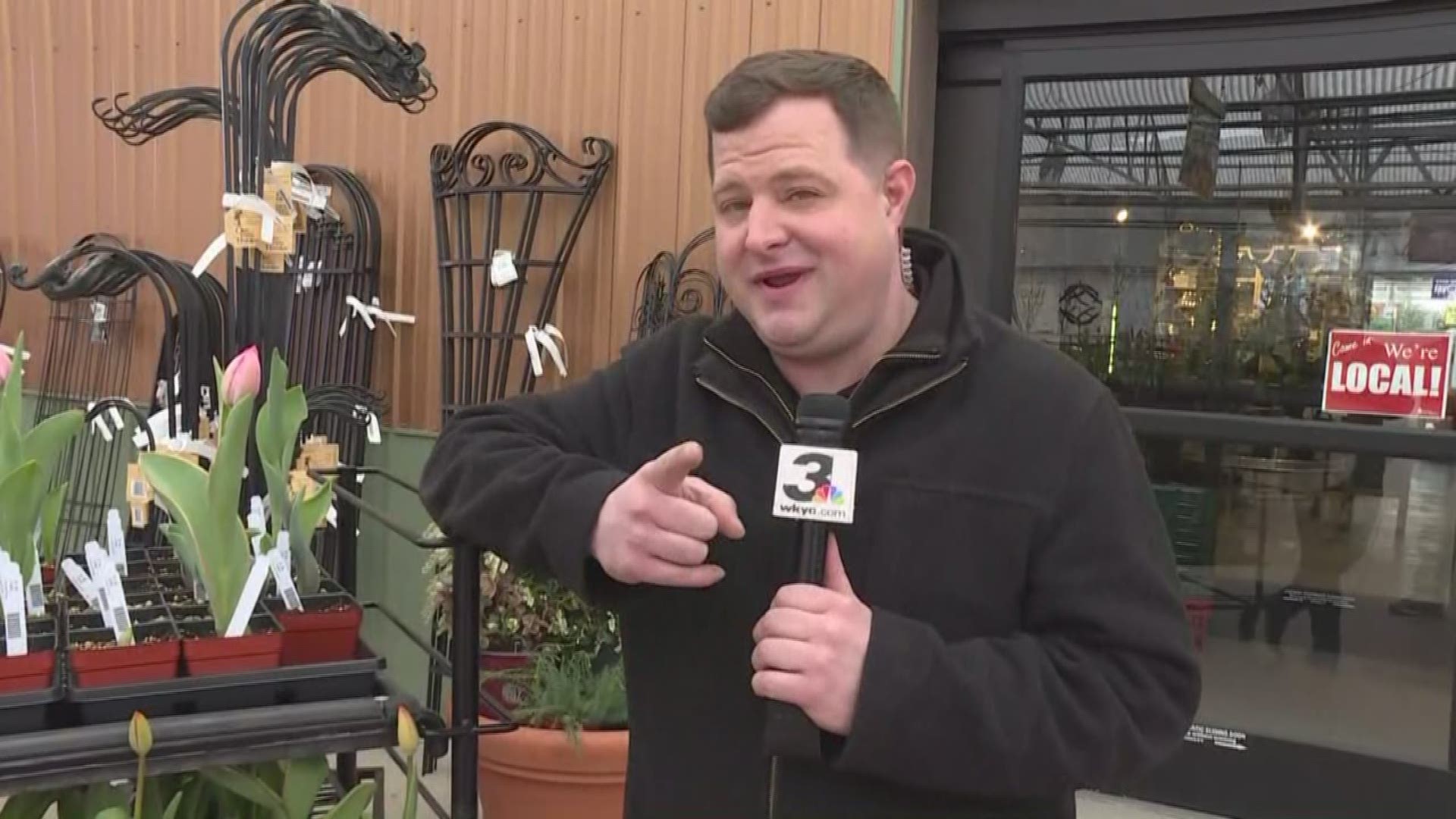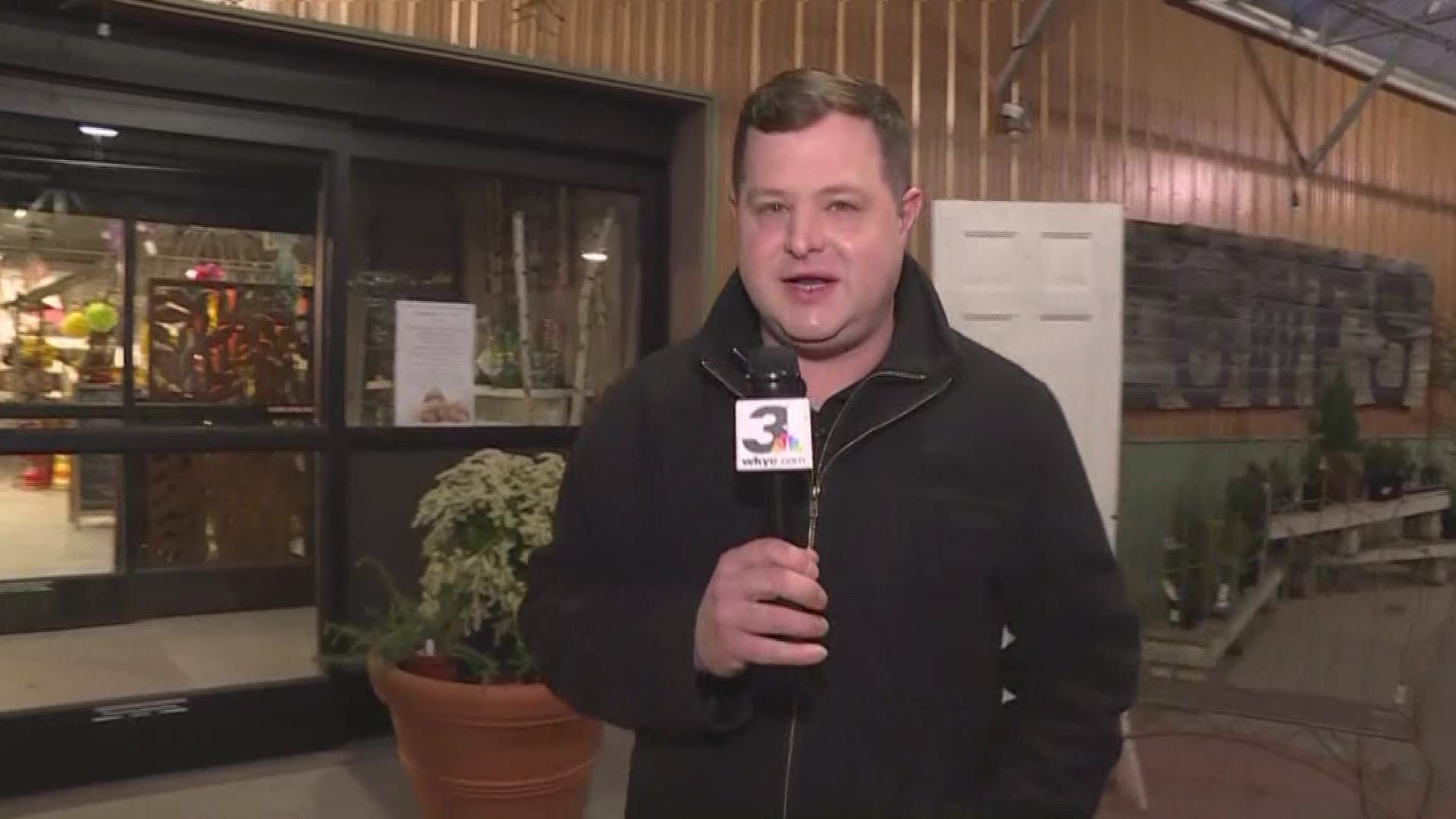CHAGRIN FALLS — The calendar says it's Spring, but the weather doesn't seem to be so sure. As a result, you may have no idea when you should start preparing your yard, garden and landscaping, or what you should do first.
We asked Jeff Griff, owner of Lowe's Greenhouse in Chagrin Falls, for his best advice. The family-run business has been open since 1926, and Griff himself has worked there since he was 13 years old.
He says everything depends on how wet your soil is. If it squishes when you step on it, it's too wet. And everyone's yards is different.
"Using your local professionals is always a great idea," says Griff, "Because they'll know your area. Even here [Chagrin Falls} is different from in Cleveland."
Once you've established the ground is dry enough, the suggested game plan is this:
- CLEAN UP - The first step is to rake, sweep, collect and discard any refuse that has collected over the winter months - branches, leaves, garbage. Weed out dead plants and cut back overgrow.
- FERTILIZE - Fertilizing both lawn and garden can happen in cold temperatures, once the area has been cleaned of waste and the ground is dry enough. The frost doesn't in any way lessen the effectiveness of fertilizer, so this is a step you can knock out early in the season.
- PLANT COLD-TOLERANT FLOWERS - Many flowers do just fine is cold temperatures and even survive frosts. Griff suggests pansies, primroses, ranunculus, Alpine poppies, African daisies and snapdragons as a few examples.
- PLANT COLD-TOLERANT VEGETABLES - Once the garden is dried out, and griff suggests raised beds for faster drying, then you are ready to plant veggies. Crops that will survive frigid temps and even provide food include cabbage, cauliflower, broccoli and kale. Seeds or sets can also be planted during this early Spring for crops like peas, lettuce, onion, potato and carrots, though they won't bare food until later in the season.
- PLANT PERENNIAL HERBS - Most herbs need warmer temperatures to thrive, but Griff says perennial herbs tend to be heartier and pop up every year when they are ready. These low-maintenance herbs include creeping thyme, chives and oregano. Griff warns though, many favorites like basil and dill will have to wait to be planted later.
For information about Lowe's Greenhouse, or just for more gardening tips from a professional, visit here.


